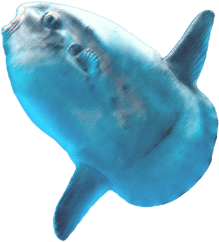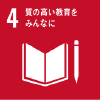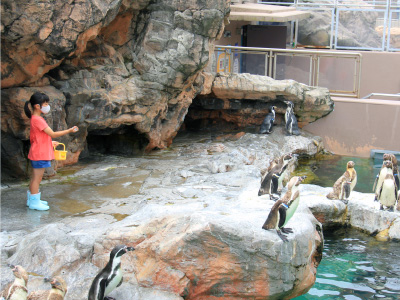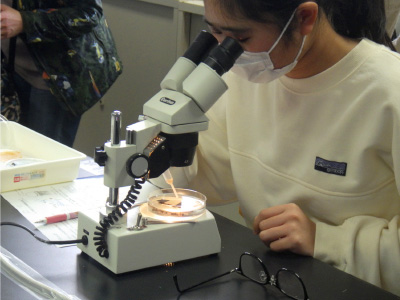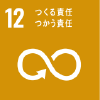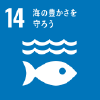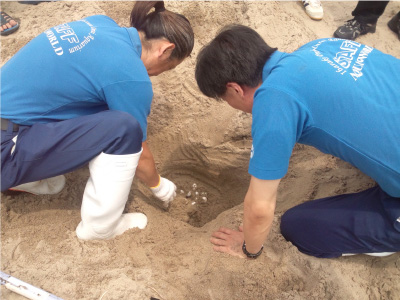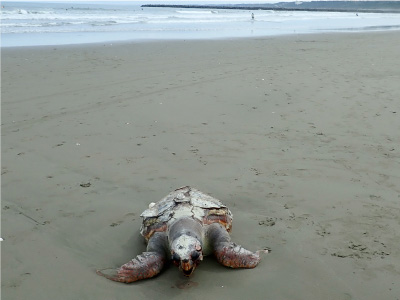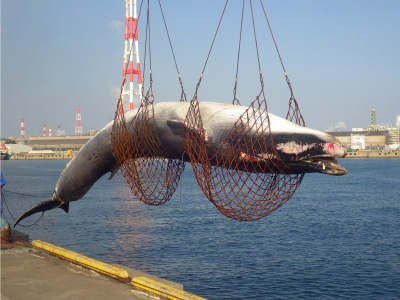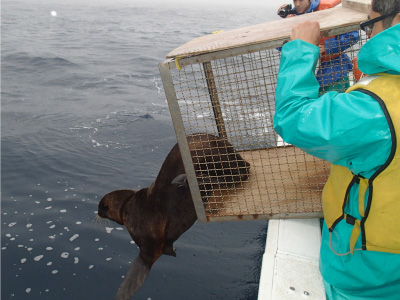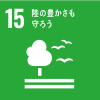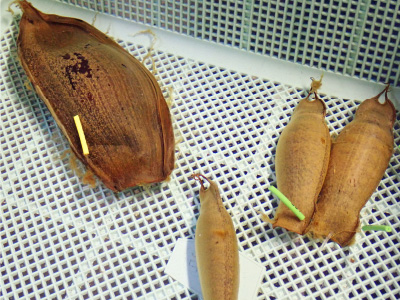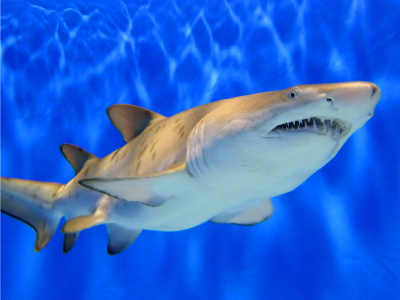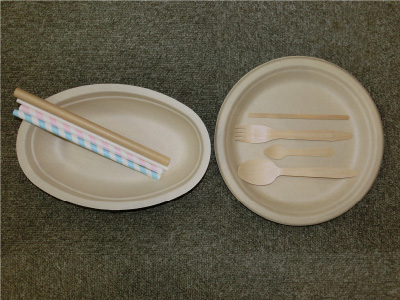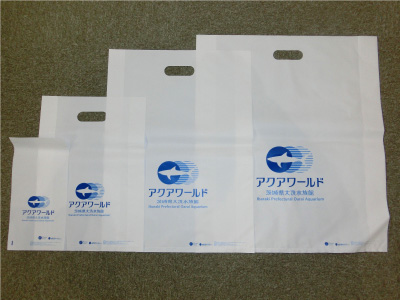In March 2002, the museum opened with the basic theme of "Ibaraki's sea and nature, the world's sea and the global environment." I have been working on various activities.
In order to realize a sustainable society, we will continue to improve our breeding technology and continue our dissemination activities through exhibitions and various lectures.
 The SDGs Sustainable Development Goals are international goals that aim for a sustainable and better world, and consist of 17 goals and 169 targets.
The SDGs Sustainable Development Goals are international goals that aim for a sustainable and better world, and consist of 17 goals and 169 targets.
The SDGs are universal, not only for developing countries, but also for developed countries themselves, and Japan is also actively working on them.

